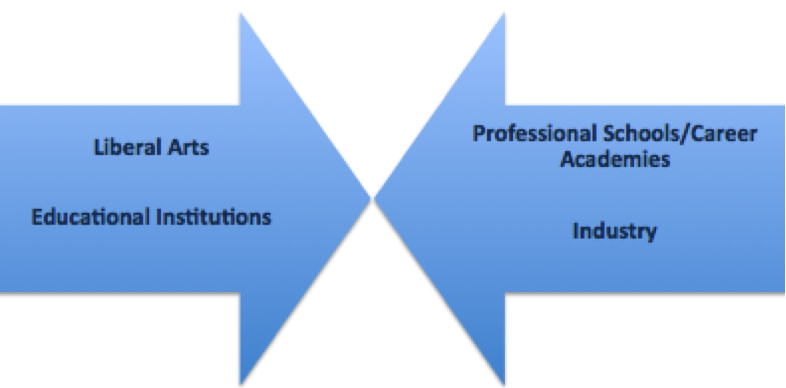View Content #19313
| Contentid | 19313 |
|---|---|
| Content Type | 3 |
| Title | Making the Connection Between Language and Careers: K-12 LSP |
| Body | Mary Risner is the Associate Director of Outreach and Latin American Business Environment programs at the Center for Latin American Studies at the University of Florida. Her areas of interest include global education, Languages for Specific Purposes (LSP), teacher professional development, and Globally Networked Learning Environments (GNLEs). Industry reports regularly tout the need for language and culture skills to succeed in the 21st century workplace. These skills are not only necessary for those who will work abroad, but for those entering the increasingly diverse US workforce who will also virtually collaborate with clients and colleagues around the world. Integrating Languages for Specific Purposes (LSP) in the curriculum ensures students are prepared to interact appropriately in real-world contexts. An LSP approach helps students discover and practice the types of communication skills and terminology they need to meet their specific professional goals (Crouse, 2012). Traditional LSP courses have focused on professions including business, healthcare, law enforcement, and translation. Recent high school courses have expanded the scope by offering “Language for Leadership” (Bleess and Cornelius, 2012) and “Language for the Community and the Workplace” (Beeck, 2013). These courses allow students with broad career interests to acquire global professional skills as they contemplate what type of work to pursue in the future. Offering a full LSP course requires garnering support from colleagues, obtaining course approval, developing content, and recruiting students. However, LSP activities focusing on future work-related skills can be integrated in existing courses. LSP activities should infuse intercultural components by continually reflecting on the "world of origin" and the "world of the target community" (CEFR, 2001:103). Building partnerships with industry and making interdisciplinary connections between liberal arts and career academies are key to inform workforce skill needs and bring together technical expertise across content areas. (Figure 1)
Sample activities for courses consist of basic communicative tasks that will be needed across a variety of job possibilities and in everyday life such as taking messages, answering the phone, writing numbers, and introducing oneself. By introducing business cards, students can create their own, as well as learn about variations in content and how they are exchanged across cultures. Lessons using foreign currency build math skills by converting exchange rates and increasing awareness of national symbols on bills and coins. Sample activities at the intermediate level include discussing leadership concepts through literature (Zich, 2003) and career exploration projects followed by face-to-face or virtual guests who use language and culture skills in their work. A free downloadable e-handbook of these LSP lesson plans is available with examples in Spanish, but can be adapted to any language. To develop materials, teachers should seek out LSP professional development opportunities. A list of LSP events, social media networks, and resources can be found here. References Beeck, K. (2013). Preparing Students for Jobs of the Future- Three Models. Presented at the 2013 American Association of Teachers of Spanish and Portuguese annual conference. Retrieved from http://www.slideshare.net/maryrnsb/preparing-students-for-jobs-of-the-future Bleess, C. and Cornelius, D. (2012). Two High School Models: Spanish for Leadership. Presented at the 2012 Florida Foreign Language Association annual conference. Retrieved from http://www.slideshare.net/maryrnsb/ffla20122c-final Common European Framework of Reference for Languages (CEFR): Learning, teaching, assessment. (2001). Retrieved from http://www.coe.int/t/dg4/linguistic/source/framework_en.pdf Crouse, D. (2012). Languages for Specific Purposes in the 21st Century. The Language Educator. April Issue. https://www.actfl.org/sites/default/files/pdfs/TLE_pdf/TLE_Apr13_Article.pdf Zich, J. (2003). Don Quixote's Lessons for Leadership. Insights by Stanford Business. Retrieved on April 5, 2015 from http://www.gsb.stanford.edu/insights/don-quixotes-lessons-leadership |
| Source | CASLS Topic of the Week |
| Inputdate | 2015-04-10 09:18:45 |
| Lastmodifieddate | 2015-04-20 03:14:51 |
| Expdate | Not set |
| Publishdate | 2015-04-20 02:15:01 |
| Displaydate | 2015-04-20 00:00:00 |
| Active | 1 |
| Emailed | 1 |
| Isarchived | 0 |

